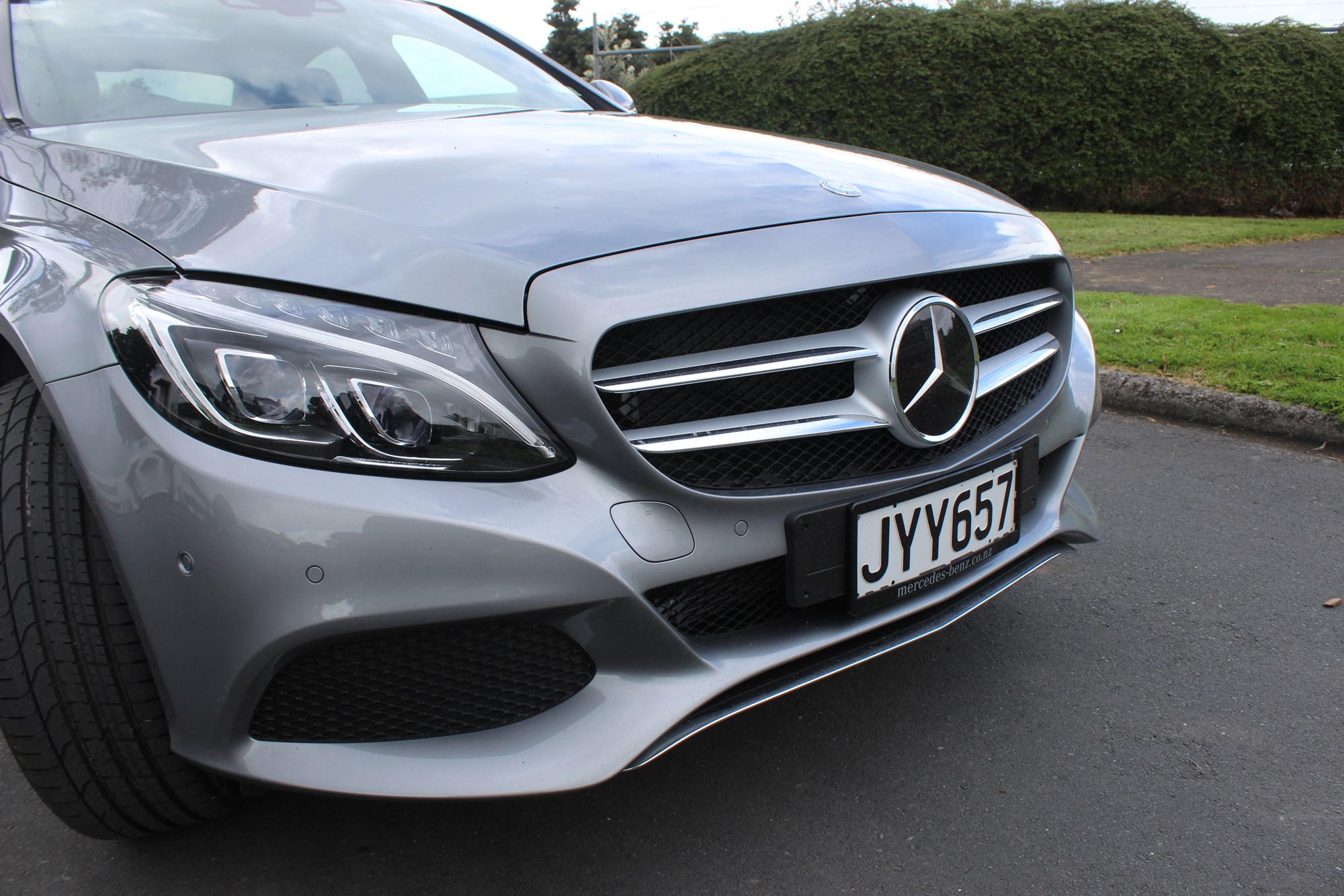Well, actually, it started properly at this year’s Paris Motor Show, when the carmaker’s parent company Daimler announced its all-new EQ sub-brand of PheV (plug-in hybrid electric) vehicles.
The EQ nameplate (shorthand for “Electric Intelligence”) will feature a series of dedicated plug-in hybrid models built around scalable chassis architecture and powertrains.
This means Mercedes-Benz essentially has itself a ready-made family of hybrid cars to release as it sees fit; an SUV, sedan, wagon, coupe and two- and four-seat convertibles are all possible future models.
You’ll be assuming this announcement is aimed squarely at arch nemesis BMW’s iPerformance sub-brand of plug-ins. But Daimler head Dieter Zetsche insists it’s bolshie luxury upstart Tesla the company is after.
The German manufacturer has had an incredibly busy time during the last couple of years, with a raft of new vehicles joining its wider range. Add the EQ models we’ll start seeing possibly as early as mid next year to the roster, and the pace of new releases doesn’t look to be about to let up.
This, of course, is a good problem to have for Mercedes-Benz.
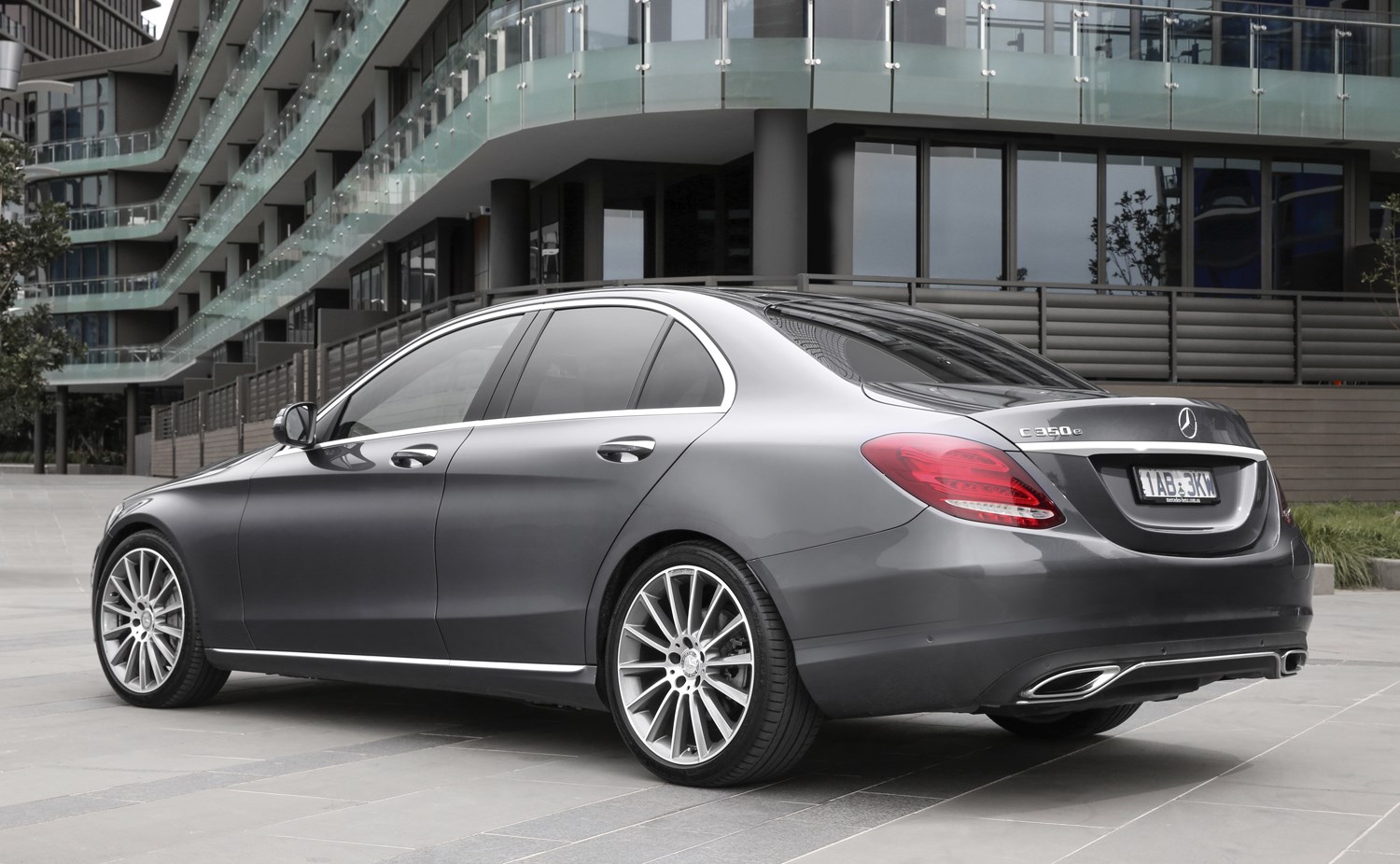
Theoretically, a deeper model mix means more customer options, means more sales.
It’s a formula that has worked well for the local distributor, which has enjoyed a couple of stellar years at the top of the premium passenger vehicle segment, with record-breaking numbers of cars sold.
And you can pretty much trace that recent success back to this car: the rejuvenated W205 generation C-Class. A couple of years on from debut it remains a stunningly good car, bolstered by some good packaging and good pricing too.
And so here we have the C 350e Plug-In Hybrid sedan, which does exactly as described on the tin. It’s a C-Class as you know it — all sleek exterior design and luxurious, forward-thinking interior packed full of comfort and convenience tech — but with box-ticking eco-credentials added to the mix.
The C 350e Plug-In Hybrid has an all-electric range of 31km. Mercedes-Benz’s hybrid system is framed around a high-voltage lithium-ion battery with a total capacity of 6.2kWh.
Despite the space taken up by the battery, the C 350e sedan still boasts decent, mid-size sedan boot capacity of 335 litres.
The lightweight battery weighs only 100kg and, mounted low, it doesn’t affect the C-Class sedan’s responsive on-road manner. Because the electric motor augments available power from the conventional 2.0-litre, four-cylinder petrol engine, the C 350e records an impressive combined system output of 205kW and 600Nm of torque.
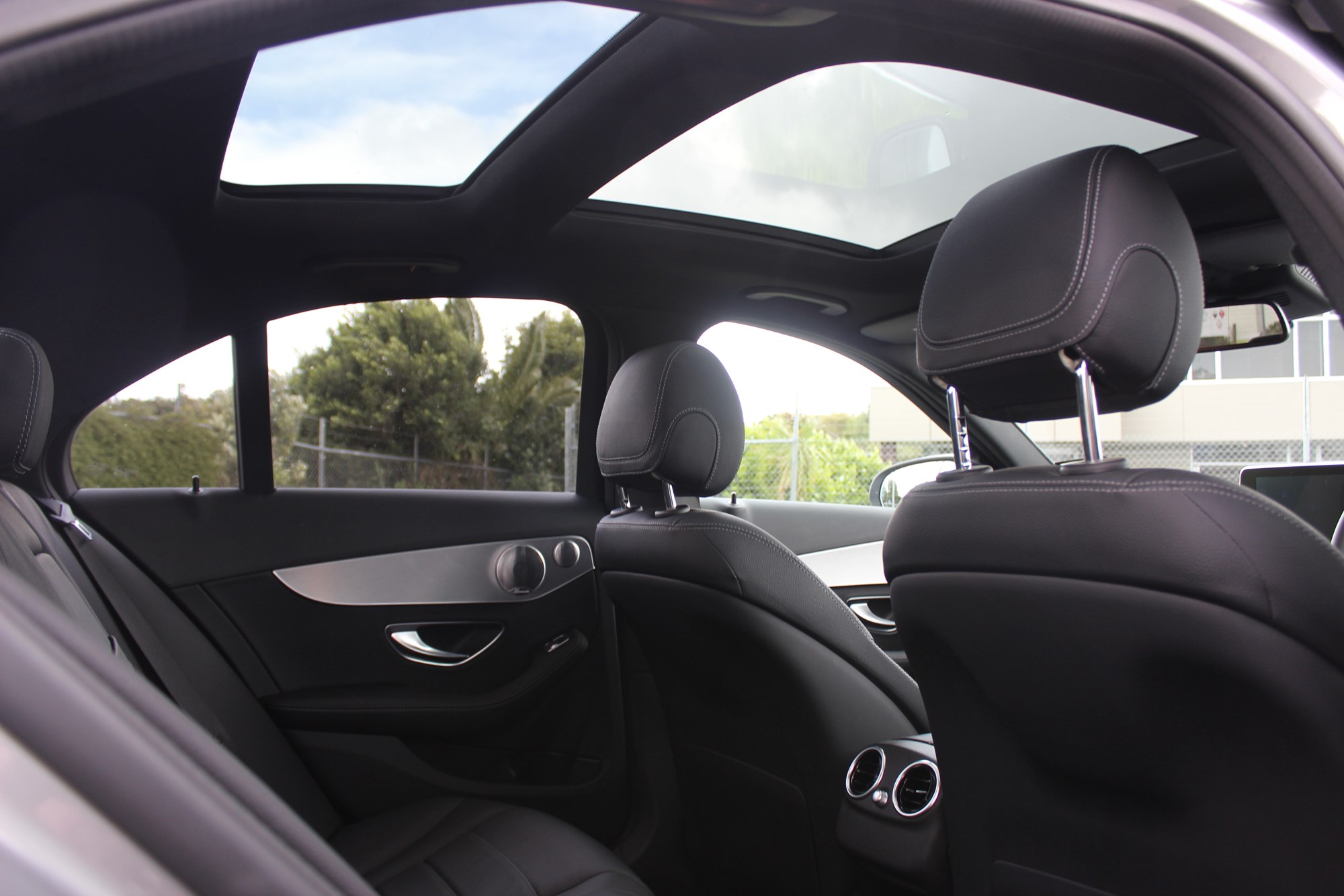
MERCEDES-BENZ C 350E
PLUG-IN HYBRID
Engine: 2.0-litre four-cylinder petrol with plug-in electric motor (205kW, 600Nm total system power)
PRICE: $95,900
PRO: At its heart it’s still a C-Class. Early-adopter point-of-difference
CON: Worth waiting for the EQ models to start filtering through?
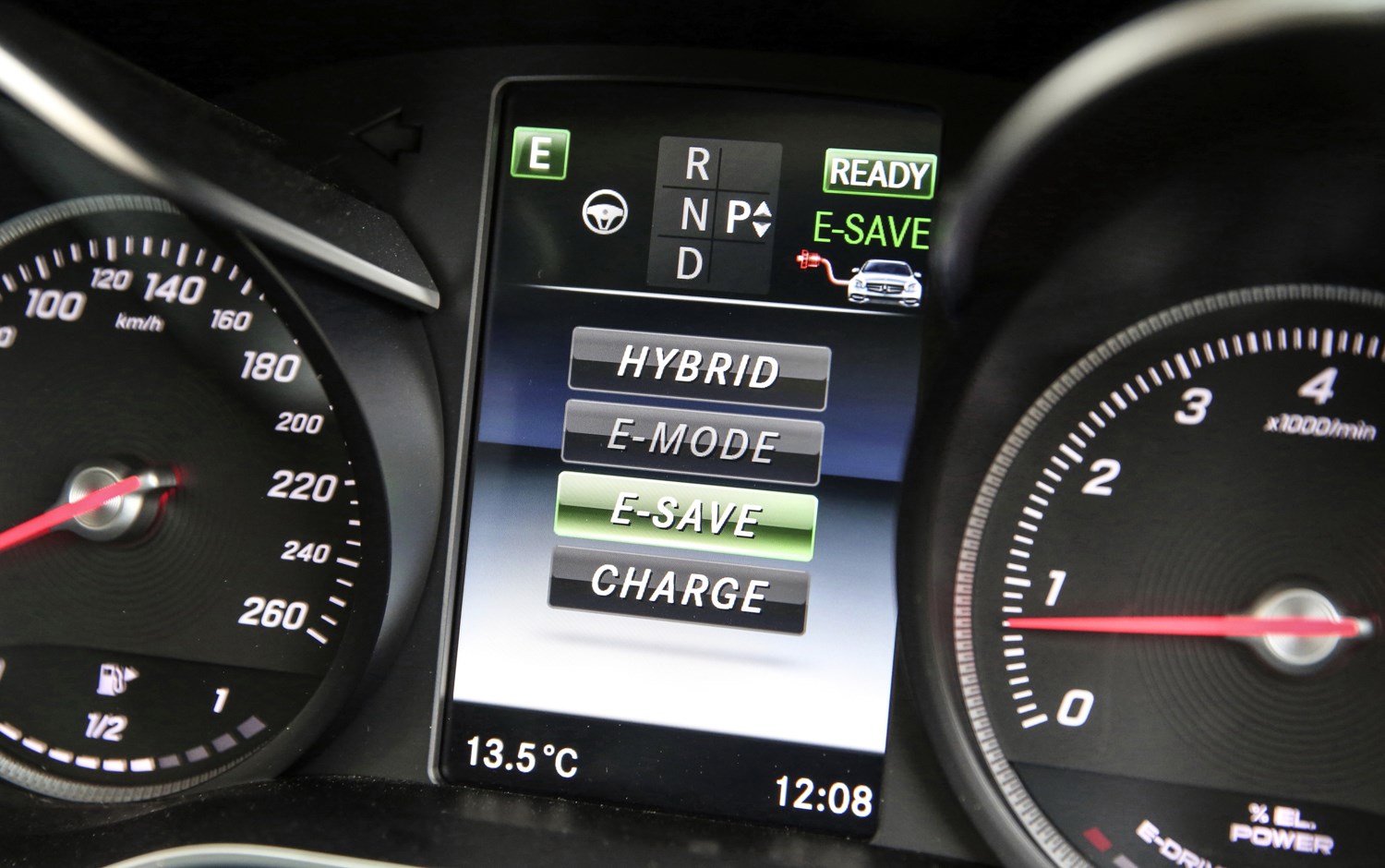
Ignore the manufacturer’s stated fuel-consumption figure of 2.4-litres/100km, though. This is exceptionally good (it would be exceptionally good for a tiny city car, let alone a sedan like this), but you’d have to be driving under some very specific — and favourable — conditions to achieve that.
I recorded low sevens-per-100 during my couple of days with the car.
When I collected the C 350e, the battery hadn’t been fully charged and I found myself with a full EV-only range of four or five kms.
The great thing about city driving here though, is that — through a mix of battery charging through regenerative braking and coasting on the motorway — I managed to pump an extra 15km worth of EV-only range into the battery during my 20km journey home, without doing anything I wouldn’t normally do. Plug it in to top up the remainder and you’re set.
The decision the early adopters among you will now have to make is, do you grab this competent, well-packaged plug-in C-Class, or wait to see what the new EQ sub-brand offers in terms of styling, range performance and price?
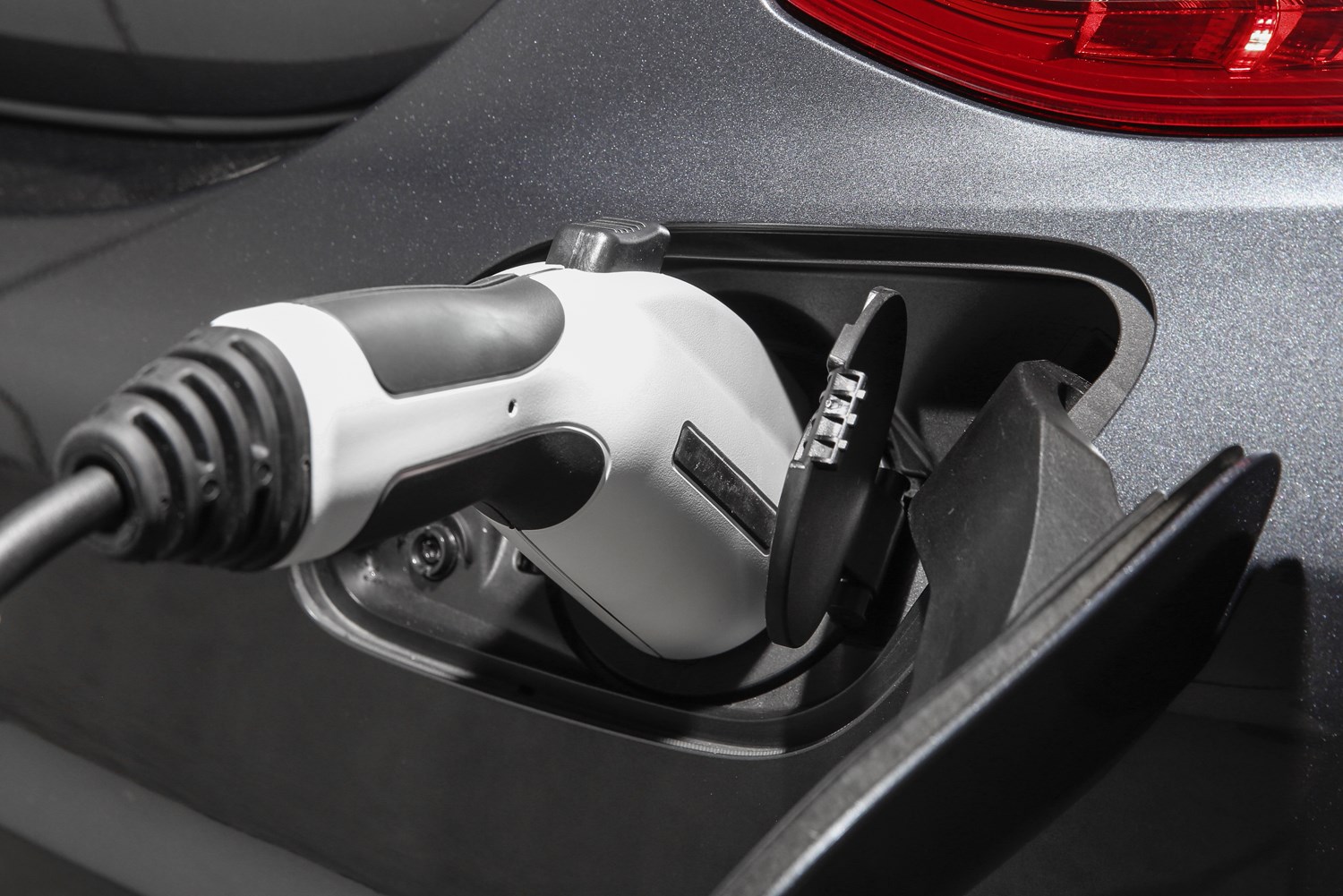
Well it kind of gets slightly more complicated. The C 350e is only the first of several Mercedes-Benz PheV models we will see released in the coming months.
The Mercdes-Benz GLE 500e and flagship Mercedes-Benz S 500e — both of which offer a 3.0-litre V6 petrol-electric hybrid mix — are set to follow the C-Class.
None of these is an EQ cars, but end up as a sort of middle ground of hybrid technology for the brand. Still, with such good foundations, they hardly represent an engineering dead-end.
But then, if you’re in the market for a plug-in hybrid SUV, what if the EQ model roll-out — of which nothing is known yet — begins with a compact city car? Or a statement-making sports coupe? Regardless, it’s a fair bet that the EQ line-up won’t number more than a couple of options here in New Zealand for another year or two.
So all of a sudden, the C 350e and its cable-connected ilk seem like a pretty good bet.
